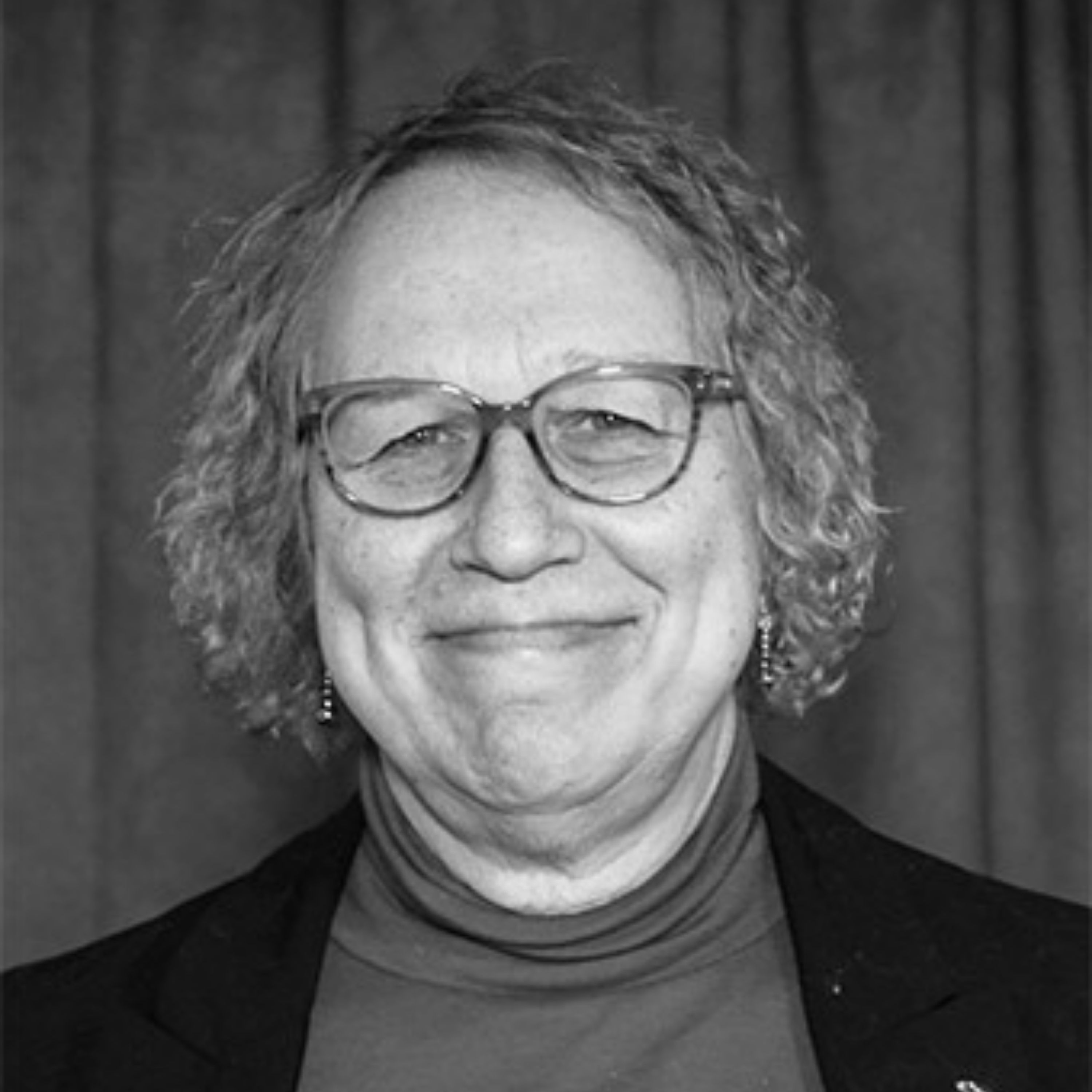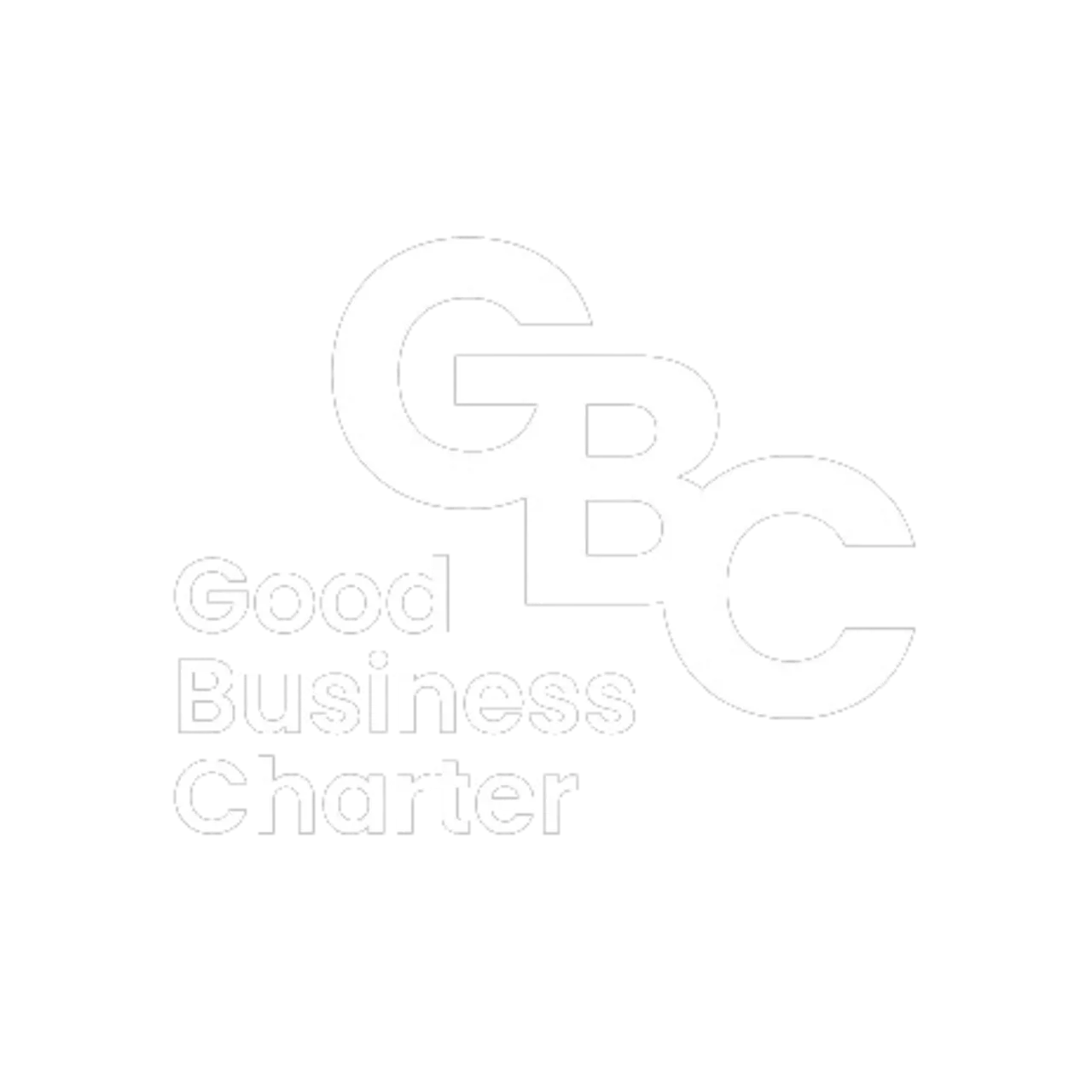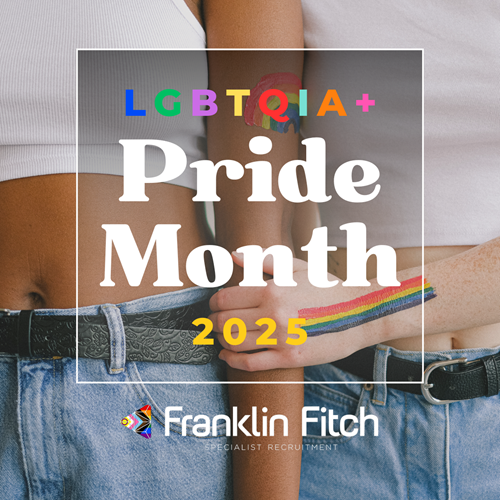
LGTBTQ+ Pride Flags And The Meaning Behind Them
06 Jun, 20236 minutesThroughout Pride Month 2023, the famous rainbow Pride flag will be seen waving at all celebr...
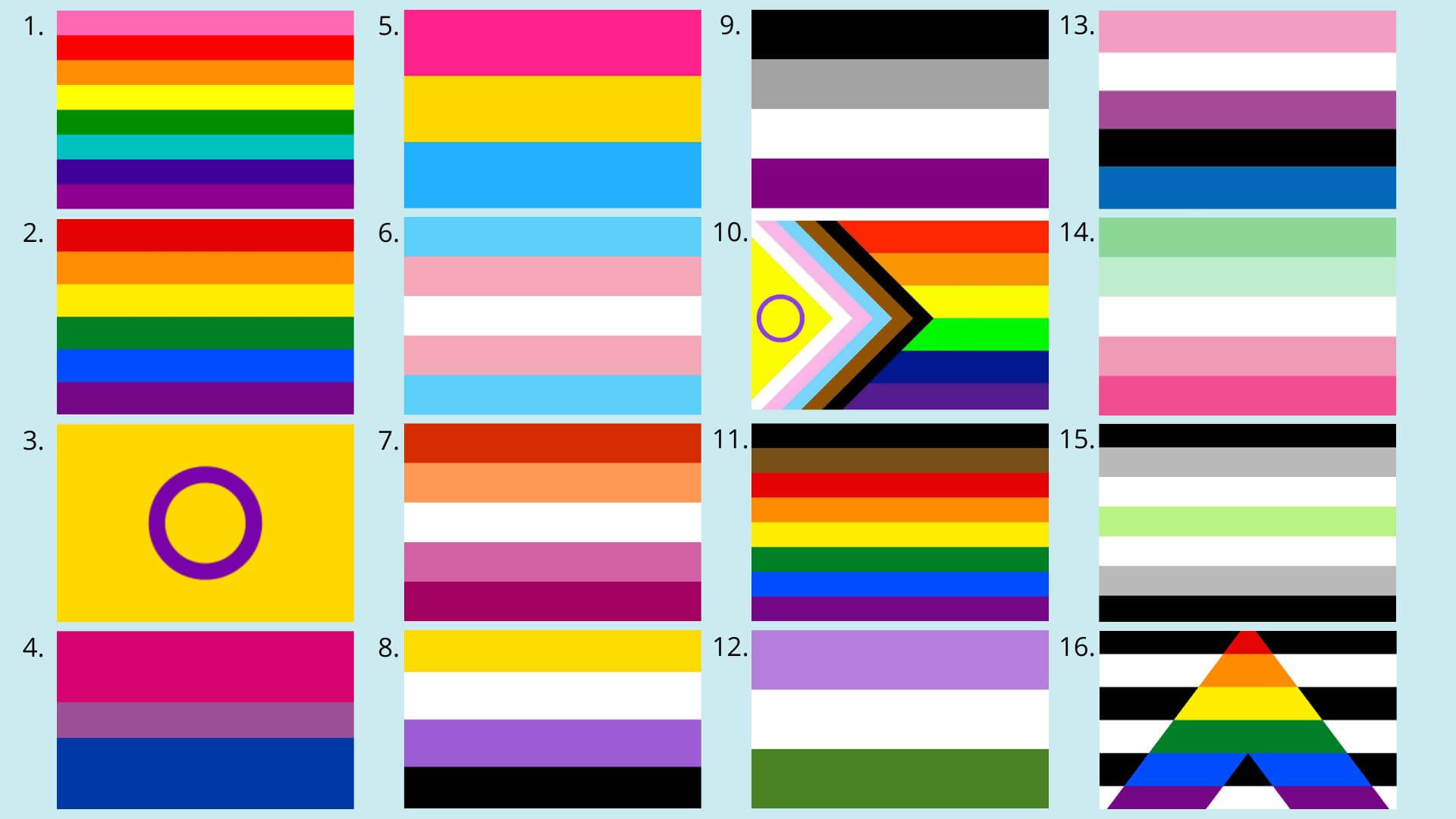
Throughout Pride Month 2023, the famous rainbow Pride flag will be seen waving at all celebrations and activities. However, it is not the only banner with which LGBTQ+ people connect and identify.
While the rainbow flag has long been a symbol of queer representation and celebration, many variants have been made over the years to draw notice to different sexual orientations and gender identities, as well as their specific experiences.
Harvey Milk, a champion of LGBTQ+ rights and the first openly gay man elected to public office in California commissioned artist Gilbert Baker to create a Pride flag in 1978. To represent and demonstrate support for all LGBTQ+ people, flags for bisexual, pansexual, trans, asexual, queer people of colour, and dozens more are now available.
While LGBTQ+ pride should be honoured daily, honour the community with a Pride flag flying high during Pride Month 2023. Whether you identify as LGBTQ+ or as an ally, our thorough guide to the 21 Pride flags and their meanings below will help you better understand the community.
Why do so many LGBTQ+ flags exist?
There are many different individuals who are LGBTQ+. This community has a wide array of flags, which is exhibited to reflect this and ensure that everyone, regardless of sexual orientation, gender identity, or ethnicity, has a flag that reflects who they are. Social media's widespread use has greatly aided in raising awareness of and emphasising the value of inclusivity. This article demonstrates the dramatic growth in the number of new LGBTQ+ flags produced since 2010.
1. The Original Gilbert Baker Flag
The famous rainbow flag conveys the significance of the most well-known LGBTQ+ flag. This flag, created by Gilbert Baker in 1979, was chosen as the official representation of the LGBTQ+ celebration in San Francisco. It is now a recognised emblem for LGBTQ+ organisations and pride parades around the world, representing the history and victories of the struggle for equality. Each colour in the rainbow pattern represents a different aspect of LGBTQ+ existence and was inspired by Judy Garland's song "Over the Rainbow."
- Pink: Sex
- Red: Life
- Orange: Healing
- Yellow: Sunlight
- Green: Nature
- Turquoise: Magic
- Blue: Harmony
- Violet: Spirit
2. LGBTQ+ Flag
The classic rainbow pride flag, which omitted the pink and turquoise stripes from Baker's design, gained popularity in 1979. It was changed once again in 1979. The centre stripe, which is turquoise, was hidden when it was suspended vertically from San Francisco lampposts. The simplest solution was to design a flag with an even number of stripes, and this is how we came to establish the Pride flag that is still in use today.
The version that most people are likely familiar with is the six-stripe flag.
3. Intersex Flag
Those that identify with the intersex community are represented by the intersex flag. In July 2013, Morgan Carpenter created the flag for the first time. Designing a flag that was "not derivative but firmly grounded in meaning" was the intention.
The flag was developed in Australia as a source of pride for persons who are born with different sex traits, such as chromosomes, hormones, or genitalia. Campaigners and campaigners needed a symbol to go with their work as they spoke about the ongoing struggle for genital integrity and bodily autonomy. The purple circle is shown as unbroken and undecorated, symbolising wholeness and completion, while the yellow background denotes gender neutrality.
Purple and yellow were selected because they are regarded to be devoid of gender connotations. The flag's central purple circle, which stands for wholeness and unbrokenness, is set against a yellow background.
4. Bisexual Flag
Artist Michael Page made a flag as a new emblem in 1998 after learning that many bisexual persons, like himself, have no affinity for the rainbow pride flag
It was designed to increase the bisexual community's visibility in the LGBTQ+ community and among the general public. The overlap forming the purple signifies sexual interest to two or more genders. The pink represents sexual attraction to the same sex, the blue represents sexual attraction to the opposite sex. The colour purple also symbolises how pink and blue can muddle subtly and to different degrees. Like the colour purple, bisexuality is viewed as a spectrum rather than as a specific percentage.
5. Pansexual Flag
Regardless of their gender identity, pansexuals find individuals attractive. In order to increase awareness and distinguish between pansexual and bisexual individuals, the pansexual group obtained its own flag in 2010.
Pink, yellow, and blue are distributed in three equal portions on the pansexual flag.
Pink, yellow, and blue stripes go horizontally from top to bottom, representing attraction to women, attraction to people who identify as genderqueer, non-binary, agender, or androgynous, and attraction to men, respectively.
6. Transgender Flag
The most well-known design utilised by the transgender community was created in 2000 by Monica Helms. The Transgender Pride flag represents the pride, diversity, and struggle for the transgender rights of the trans community. Light blue, the typical shade for infant boys, is used for the stripes at the top and bottom. Pink stripes, the customary colour for infant girls, are placed next to them. For persons who are transgender or who see themselves as having a neutral or undefinable gender, the centre stripe is white.
7. Lesbian Flag
There are multiple versions of the lesbian flag, but the most popular one has hues of pink, white, and red. However, a lot of people think that this flag solely supports 'femme' lesbians and does not support lesbians who present as men.
Shades of orange and white are used in one of the most current lesbian flags to symbolise all lesbians. This covers people who do not identify with a gender, as well as transsexual women.
Gender nonconformity is represented by dark orange or red. Orange is the colour of independence. The community is represented by light orange. White stands for distinctive connections to womanhood. The colour light pink stands for calm and harmony. A darker pink symbolises sex and love and Plum and purple are symbols of femininity.
8. Non-Binary Flag
The nonbinary pride flag was designed by Kyle Rowan in 2014. Yellow, white, purple, and black stripes run horizontally across the flag.
The flag was developed to represent nonbinary people who did not identify with the LGBTQ+ community's other flags.
The colour yellow stands for those who do not identify as one gender or the other.
All genders are represented by white. People who are mixed-gender are represented by the colour purple. People who do not identify with a particular gender are represented by black.
9 . A- Sexual Flag
Non-binary individuals identify outside of the male and female gender binary. They can better convey their identity by combining the binary pronouns (he/him/his and she/her/hers), they/them, or neopronouns.
Kye Rowan designed this pride flag in 2014 for non-binary people who didn't think the genderqueer flag adequately represented them. Despite its reclamation, the term "queer" has also been used to disparage the LGBTQ+ community.
Yellow represents genders that aren't binary in nature, white represents those who identify as several or all genders. Purple denotes genders that combine male and female characteristics and black represents transgender persons
10. Progress Flag
The Progress Pride Flag combines several of these flags into one because it reflects how the LGBTQ+ community and society as a whole are constantly growing. Thankfully, it has been updated to focus more on "inclusion and progression." Our community is such a vast amalgamation of many types of individuals, and this is what makes us so exceptional, so different, and so strong.
The current pride flag now has stripes to symbolise those who identify as transgender, gender nonconforming (GNC), and/or undefined, as well as stripes to represent the experiences of people of colour.
The Progress Pride Flag features the trans flag's colours in addition to its traditional black and brown stripes in an effort to be more inclusive. Designer Daniel Quasar of Oregon, who created the flag, said the goal of the layout is to increase cohesion. In his 2018 Kickstarter campaign, he stated, "I wanted to see if there could be more attention in the design of the flag to give it more meaning. It mixes the hues and stripes of the transgender pride flag and the Pride flag flown in Philadelphia.
11. Philadelphia Flag
The Philadelphia Pride Flag was created in response to the LGBTQ+ community's call for more inclusivity. The flag was created by a tiny Philadelphia-based PR firm and will be unveiled in 2017 as part of the "More Colour, More Pride" Campaign.
Although the LGBTQ+ group was represented in the original 1978 flag in a variety of ways, its BIPOC members were previously left out. Philadelphia City Hall unveiled a new flag in 2017. The black and brown stripes on this flag stood for people of colour, who historically weren't always represented in the mainstream gay rights movement.. According to the Philadelphia Enquirer, the Philadelphia Office of LGBT Affairs and design firm Tierney collaborated to commission the Philly Pride flag.
12. Genderqueer Flag
The genderqueer pride flag, with its stripes of lavender, white, and chartreuse, was created in 2011 by author and advocate Marilyn Roxie.
Because lavender is a combination of pink and blue, Roxie picked it to stand for androgyny and queer identities. Similar to the transgender pride flag, the white stripe represents gender-neutral or agender identities. Additionally, the chartreuse stripe, which is the opposite of lavender, stands for non-binary and third-gender identities.
A genderqueer rejects traditional gender roles and instead identifies as neither, either, or both male and female. While genderqueer and non-binary are related terms, they mean slightly different things. It is sometimes used as a catch-all phrase to refer to any non-cisgender identity.
13. Genderfluid Flag
JJ Poole developed the genderfluid pride flag in 2012 as a result of being dissatisfied with the absence of symbols that accurately reflected their identity.
There are five horizontal stripes on the flag of genderfluid pride. They are pink, white, purple, black, and blue from top to bottom. Accordingly, those hues stand for masculinity, femininity, all genders, both genders and a lack of gender.
14. Abrosexual Flag
Since 2015, the Abrosexual Pride Flag has been in use. After another anonymous person requested it, Mod Chad of pride-flags-for-us made the flag. It is unknown why this person selected these particular hues.
An individual whose sexuality is fluctuating or fluid is referred to as an abrosexual. One person might, for instance, be gay one day, asexual the next, and polysexual the third. An abrosexual person's sexuality may change more frequently, over the course of hours, days, months, or years, whereas it is possible - and even usual - for a person's sexual identity to shift or alter in some way throughout their life. Some abrosexuals may not feel forced to look for a relationship or may prefer a wavership due to their erratic desire.
Everybody experiences variations at different times; some people may experience unpredictable fluctuations, while others may experience regular fluctuations. An individual switches between various sexualities. Some abrosexuals may be open to all sexual orientations, but others might just be.
15. Agender Flag
Salem X designed the agender pride flag in 2014 to symbolise those who are gender nonconforming, gender neutral, or neither. The middle green stripe indicates nonbinary genders, while the black and white stripes stand in for gender absence, semi-gender lessness, and nonbinary genders, respectively.
16. Straight Ally Flag
The heterosexual flag's black-and-white "colours" serve as the background of the Straight Ally flag, which also includes a huge, rainbow-coloured "A" (for "Ally") to signify straight support for the Gay Pride/Equal Marriage movement.
A straight ally, often known as a heterosexual or cisgender person, is someone who opposes homophobia, biphobia, and transphobia while supporting equal civil rights, gender equality, and LGBT social movements. A straight ally thinks that because of prejudice, LGBT persons suffer from social and economic disadvantages.
To Conclude
It is critical to understand the history of the LGBTQ+ community. Whether you’re a member of the community yourself or are attempting to be an ally, understanding what the flags represent is an important part of the learning process.
Having LGBTQ+ flags on display can mean a lot more to the community than you might think. In a workspace, it's important to ensure you are showcasing your support to the LGBTQ community because by doing so you can help indicate a safe and supportive environment for employees to be their honest and authentic self.
In today’s climate, having a safe and welcoming place to go is critical, especially for the trans community. You can make the LGBTQ+ community feel more at ease by displaying your support. You can help people in the workplace by learning more about the community, supporting communities in the tech sector who are working to make a more inclusive space for its LGBTQ+ members. and broadening your knowledge.
We created a Pride Month 2023 booklet that highlights the history and importance of Pride, we spotlight LGBTQ+ pioneers who made groundbreaking contributions to technology and celebrate the incredible innovators, leaders, and influencers who are continuing to shape the tech industry. We have included some resources for what you can read, listen to and watch which can help you to learn about and celebrate LGBTQ+ history and culture while understanding the changes that need to happen to achieve equality. Click on the link attached to read our full Pride booklet here: https://lnkd.in/efFWsqP6


